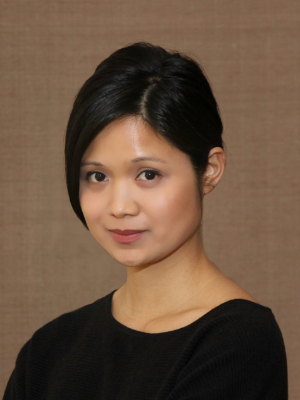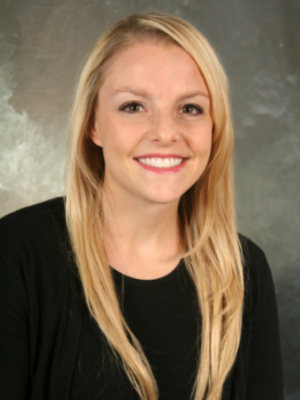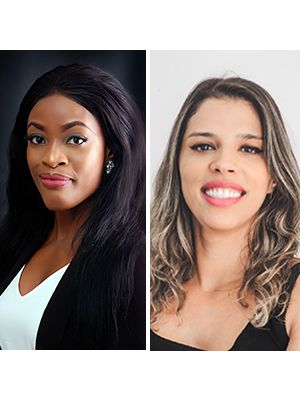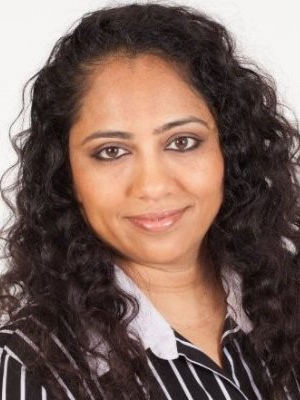 If more Asian American women are to reach leadership positions, Corporate America needs to integrate a wider and more inclusive image of what leadership looks and feels like.
If more Asian American women are to reach leadership positions, Corporate America needs to integrate a wider and more inclusive image of what leadership looks and feels like.
Nearly 40% of Asian American women identify as entrepreneurs. According to the 2019 State of Women-Owned Business Report, Asian American women-owned businesses represent 9% of all women-owned businesses.
Between 2014 to 2019, the average revenue for women-of-color-owned businesses shrank, according to the report, with the exception of Asian women-owned businesses. The average earned revenue for these firms indexes 33% above all women-owned businesses and represent the highest number for any racial/ethnic group, though Asian American businesses have been been disproportionately devastated by the virus of racism since the pandemic began.
Asian American women know how to lead and the results of their businesses prove they lead well. Last week, theglasshammer talked about the insidious harm of stereotypes, mythology and microaggressions when it comes to obstacles to reaching corporate leadership for Asian American women.
Now let’s question a definition of leadership that closes the gates to women that are compelled to lead – especially East Asian women.
The Over-Valuation of Assertiveness
Asian American women leaders are far from a monolith and are not represented equally in leadership either. Another factor at play in inhibiting East Asian women, in particular, in attaining executive leadership roles is a status quo of narrow leadership norms that close the gates to a diversity of leadership qualities and approaches.
A report on diversity among Fortune 500 CEOs from 2000 to 2020 indicates that 35 Asian-Americans were CEOs Of Fortune 500 companies during this period: 13 were East Asians and 22 were South Asians. Only six were women.
Among Standard & Poor’s 500 companies between 2010 and 2017, there were 1.92 white CEOs per million in the U.S population, 2.82 South Asian CEOS per million in the population, and only .59 East Asian CEOS per million in the population.
Recently released research from MIT Sloan associate professor Jackson Lu explored why East Asians, but not South Asians, are uniquely underrepresented in leadership in U.S. business, concluding that this inequality is “an issue of cultural fit — a mismatch between East Asian norms of communication and American norms of leadership.”
While non-Asian Americans exhibited greater “prejudice” against South Asians than East Asians, this did not correspond with the leadership gap. “Motivation” was also equal between the groups. What the researchers posit is that the over-evaluation of “assertiveness” in U.S. leadership, which East Asians consistently scored lower on, is why East Asians are less likely to attain leadership positions.
Whereas South Asian cultures often encourage assertiveness and debate, East Asian cultures often emphasize humility and conformity, but this is not indicative of the lack of confidence nor motivation that it can be perceived as through a Western lens.
“Importantly, assertive leaders are not necessarily the most effective ones. American organizations need to diversify the prototype of what a leader should look like,” states Wu. An overly assertion-based leadership ideal not only has a cultural and gender bias but an inclination towards more toxic shadow traits of leadership.
Diversifying The Leadership Norm
Part of valuing and respecting Asian American women leaders involves changing the cultural norm and implicit prototype of what we value in leadership.
A September 2020 paper from Russell Reynolds Associates suggests that companies “reconsider internal definitions of who is qualified to lead”—pointing out that a too narrow definition of good leaders is what inhibits the wider objectivity needed to promote the best leaders in their own authentic leadership style.
“Past efforts to fill this leadership gap have mainly focused on how Asian Americans should individually moderate their leadership styles to adapt to the dominant culture. Yet this approach opens the possibility that they will be criticized for another reason: failing to match American expectations of stereotypical Asian American behavior,” writes the authors. “We consider this a ‘double-edged sword,’ with neither path allowing them to be recognized and rewarded for their authentic leadership styles, wherever they fall on the spectrum of cultural expectations.”
“In our experience, the leadership gap is not a reflection of how well Asian Americans can lead,” the authors continue, “but rather how narrowly companies define what a successful leader looks like and how he or she should behave.”
“While many organizations value assertiveness and self-confidence in their leaders,” says Deborah Ancona, professor of leadership at MIT Sloan and founder of the MIT Leadership Center, “it is important to note that there are many different leadership capabilities that organizations also need to foster and reward.”
A qualitative LEAP Asian American Executive Leadership report revealed that among successful C-Suite Asian American executives, the non-visible values of continuous learning, collectivism and humility were at the root of their successful leadership.
Along with recommendations for individuals that would frankly apply to any aspiring leader (self-reflect, observe others, push (your own) boundaries and be open), the LEAP authors recommend, in their words, that organizations take three actions:
- Redefine leadership – reconsider the definition of leadership combining the uniqueness of Asian Americans and, organizational, and societal needs
- Create spaces – offer programs that embrace leadership styles, mindsets and values that develop and align to Asian American leaders
- Reach out – include Asian Americans’ diverse perspectives and mindsets when navigating change and uncertainty
The cultural and personal influences that characterize the leadership of any given individual will be unique—the point is for more varied expressions to be invited in, to reveal their own strengths and benefits.
Our definition of leadership is dated and limiting the range of talent that gets in and leadership approaches. In order to create more diversity in leadership, we need to diversify the way we think about leadership, to begin with.
By Aimee Hansen







